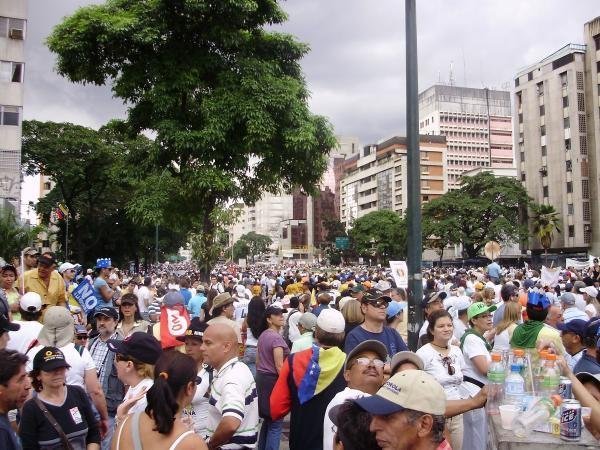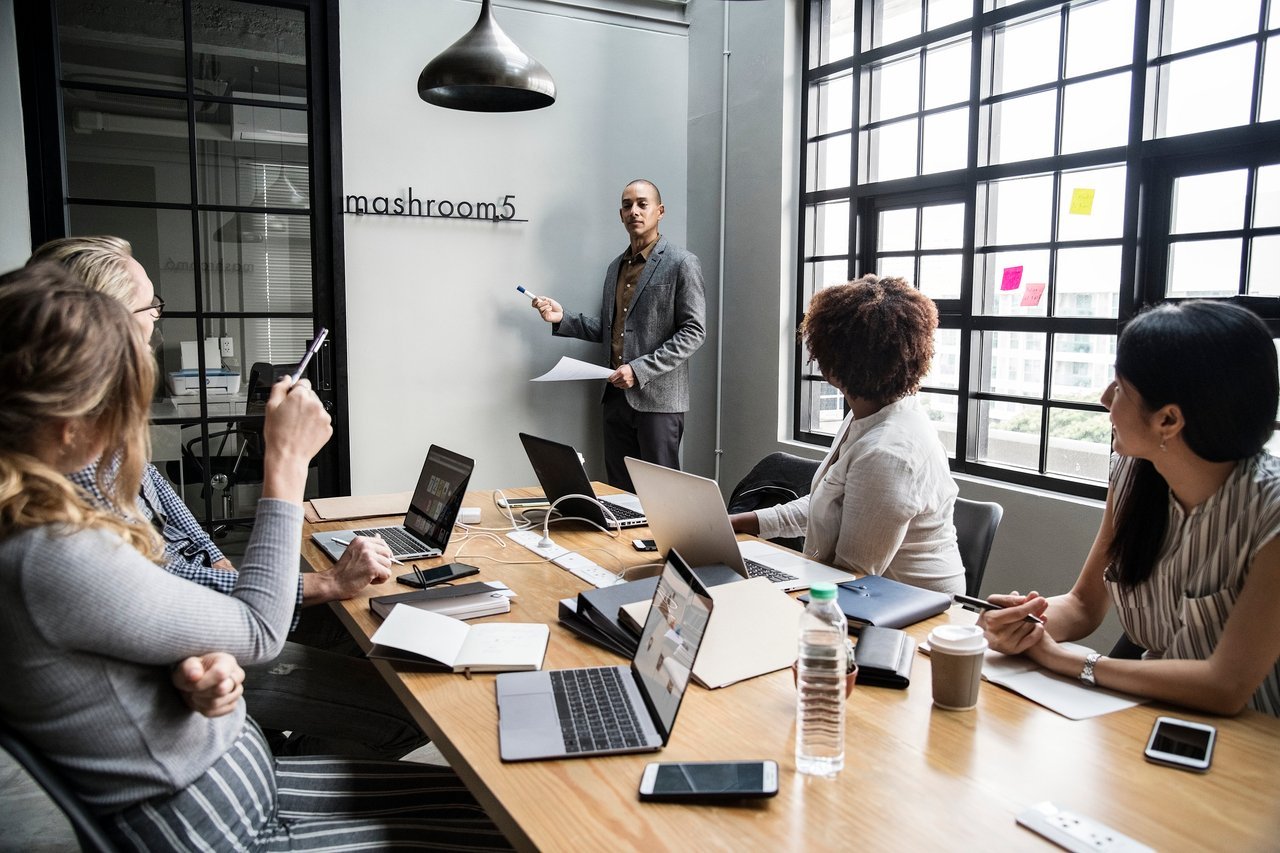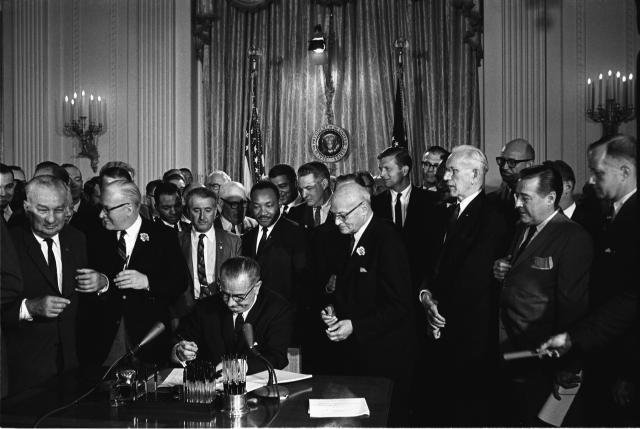Political Turmoil in the United States: Unrest and Protests Rock the Nation
In recent months, the United States has found itself in the midst of a political storm, as widespread protests and civil unrest continue to grip the nation. Fueled by deep-seated divisions, contentious policy decisions, and growing dissatisfaction with the political establishment, citizens have taken to the streets in cities across the country to voice their grievances.
Causes of Unrest
The unrest in the U.S. has been driven by a combination of factors, including political polarization, economic inequality, and concerns over civil rights. One of the primary catalysts for recent demonstrations has been controversial legislation and executive actions that many see as threats to democracy and human rights. Additionally, long-standing racial and social justice issues have resurfaced, prompting renewed activism from various advocacy groups.
The discontent is further fueled by the stark ideological divide between conservatives and progressives, leading to heated confrontations both online and in the streets. The role of misinformation and the influence of partisan media have exacerbated tensions, making constructive dialogue increasingly difficult.
Major Protests and Movements
From Washington, D.C., to Los Angeles, large-scale protests have erupted, demanding changes in governance, police reform, voting rights protections, and economic policies. Among the most notable movements are:
- Pro-democracy rallies: Citizens advocating for transparency, fair elections, and government accountability have organized mass gatherings to express their concerns.
- Social justice protests: Calls for racial equality, gender rights, and immigration reform continue to draw thousands to the streets.
- Economic demonstrations: Rising inflation, job insecurity, and wealth disparity have led to an increase in labor strikes and demonstrations against corporate greed and government policies.
Government Response
The response from local, state, and federal authorities has varied widely. In some areas, law enforcement has been deployed to disperse crowds, sometimes leading to violent clashes. In other instances, city officials have sought dialogue with protest organizers to address grievances and propose policy changes.
The federal government has also been involved, with political leaders either condemning or supporting the protests, depending on their stance. Some lawmakers have called for unity and reconciliation, while others have used the unrest to rally their bases, further deepening the national divide.
Impact on Society
The ongoing unrest has had significant economic and social consequences. Businesses have suffered damages from looting and vandalism, while communities remain on edge due to the heightened tensions. At the same time, the protests have sparked renewed political engagement, with voter registration surging as citizens seek to influence future elections.
Despite the challenges, the turmoil has highlighted the resilience of American democracy. As the nation navigates this period of instability, the ability of its institutions to address public concerns will be crucial in determining the country’s path forward.
Looking Ahead
The future remains uncertain, but one thing is clear: the United States is at a crossroads. Whether through legislative reforms, policy shifts, or grassroots activism, the voices demanding change will continue to shape the nation’s political landscape. As the nation grapples with these pressing issues, the hope remains that dialogue, compromise, and democratic principles will ultimately prevail over division and unrest.




